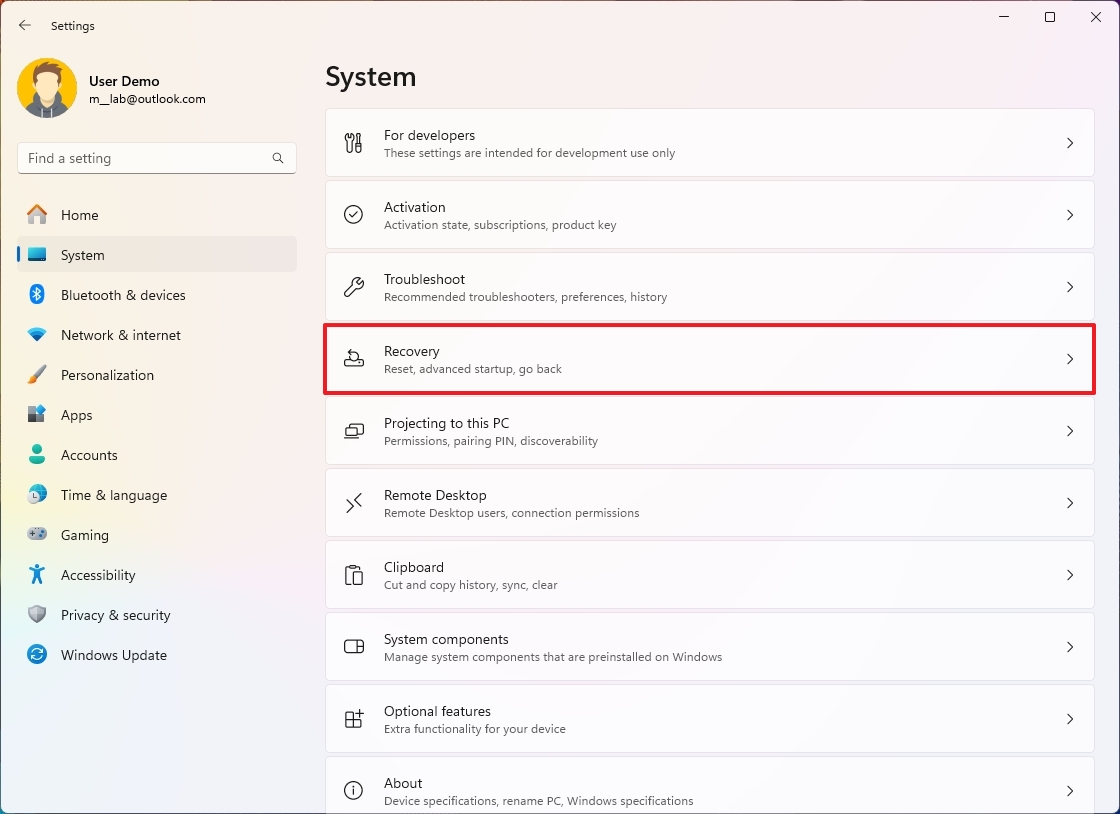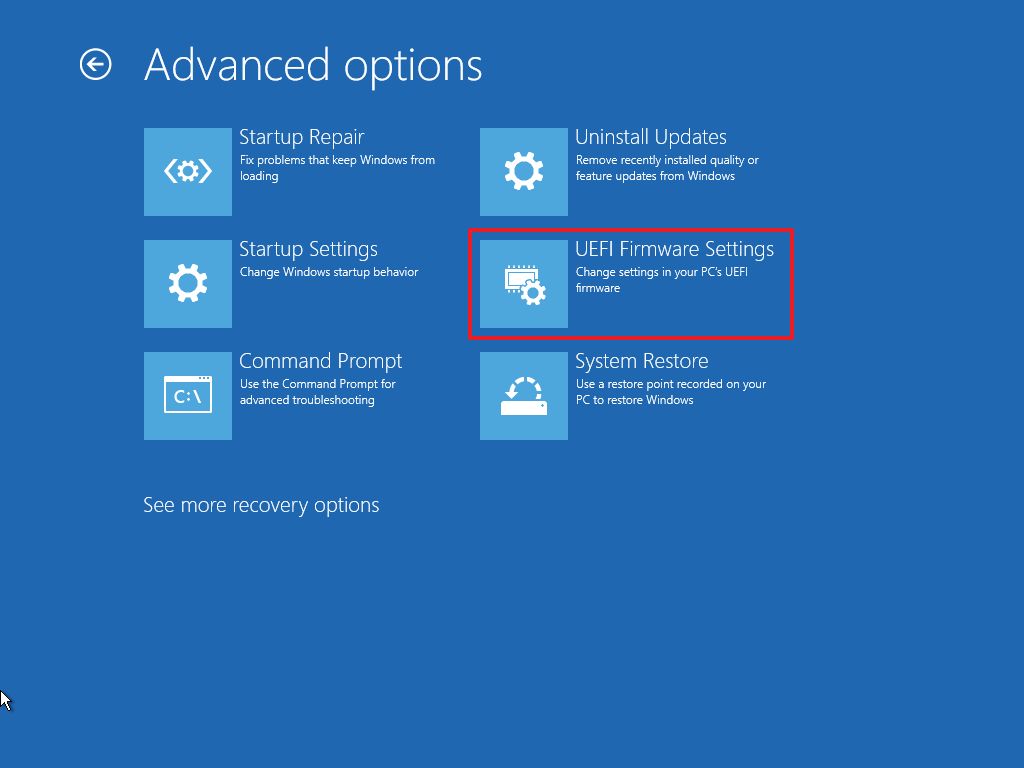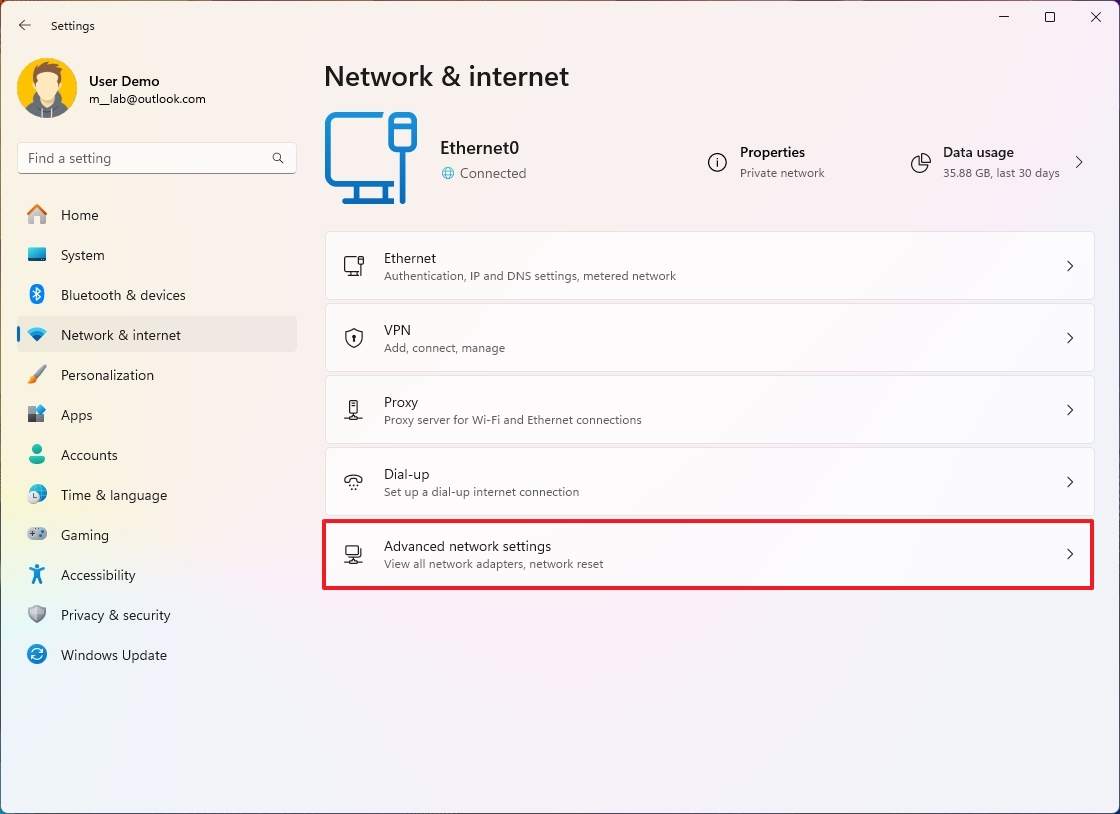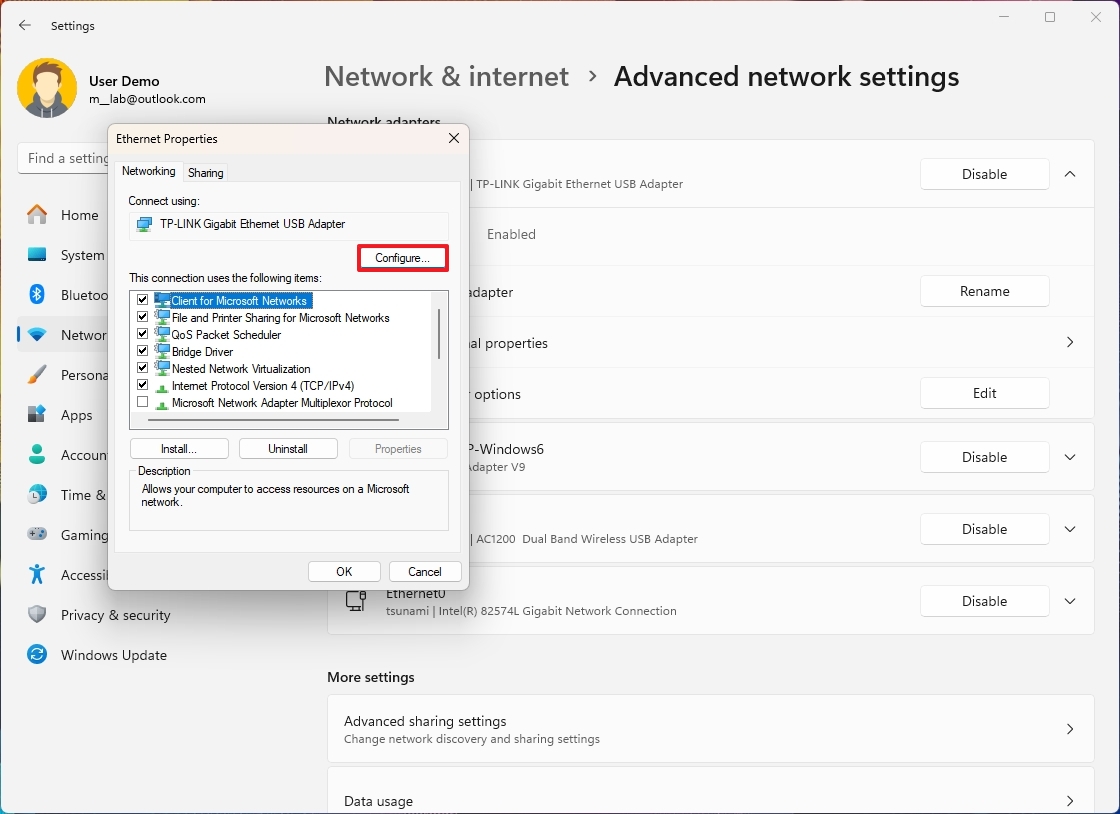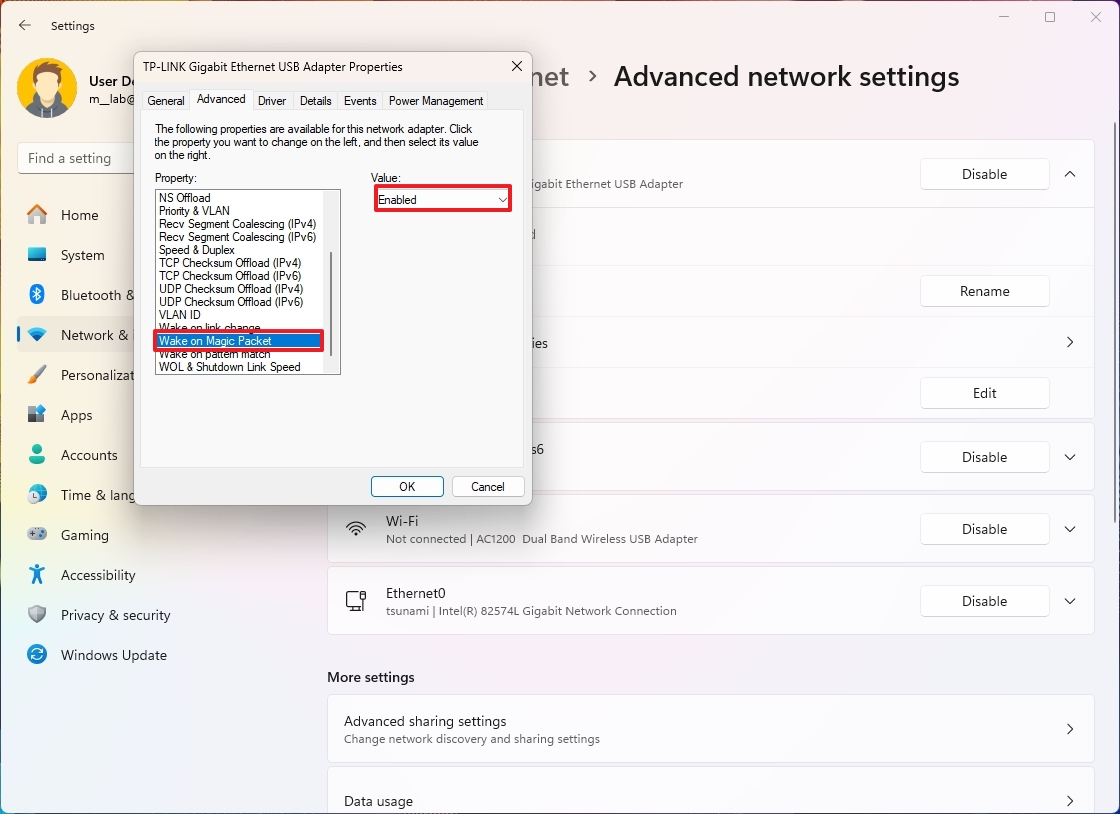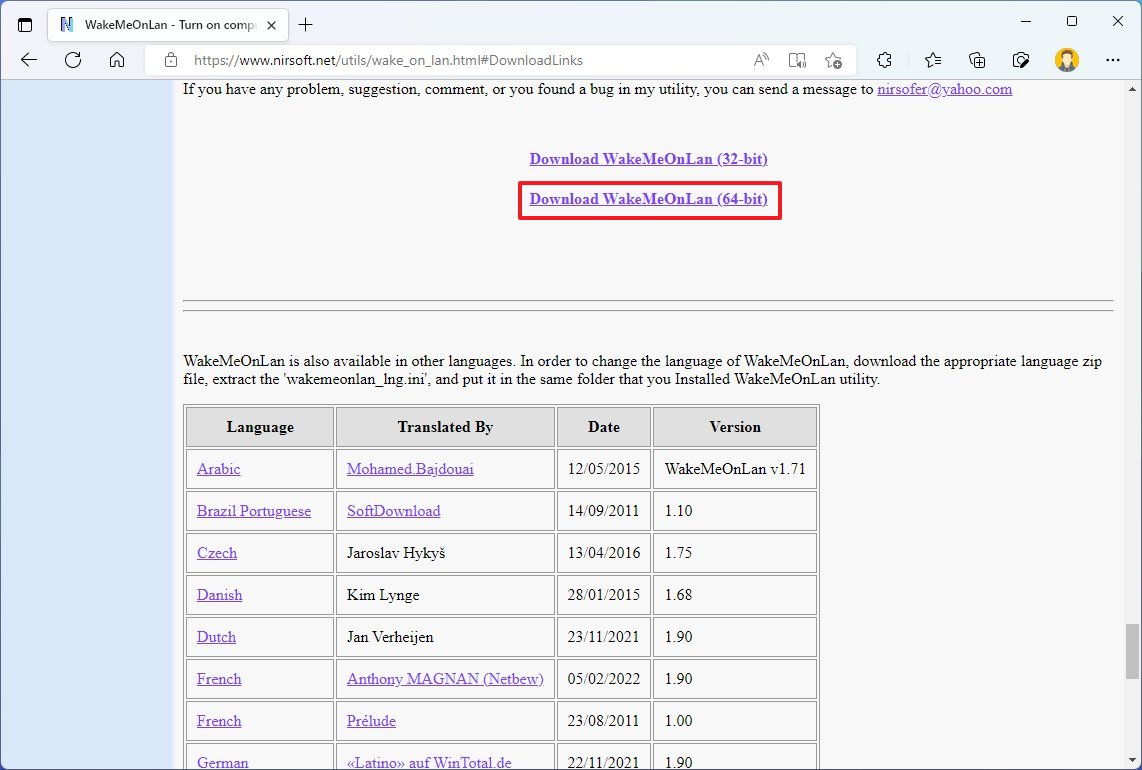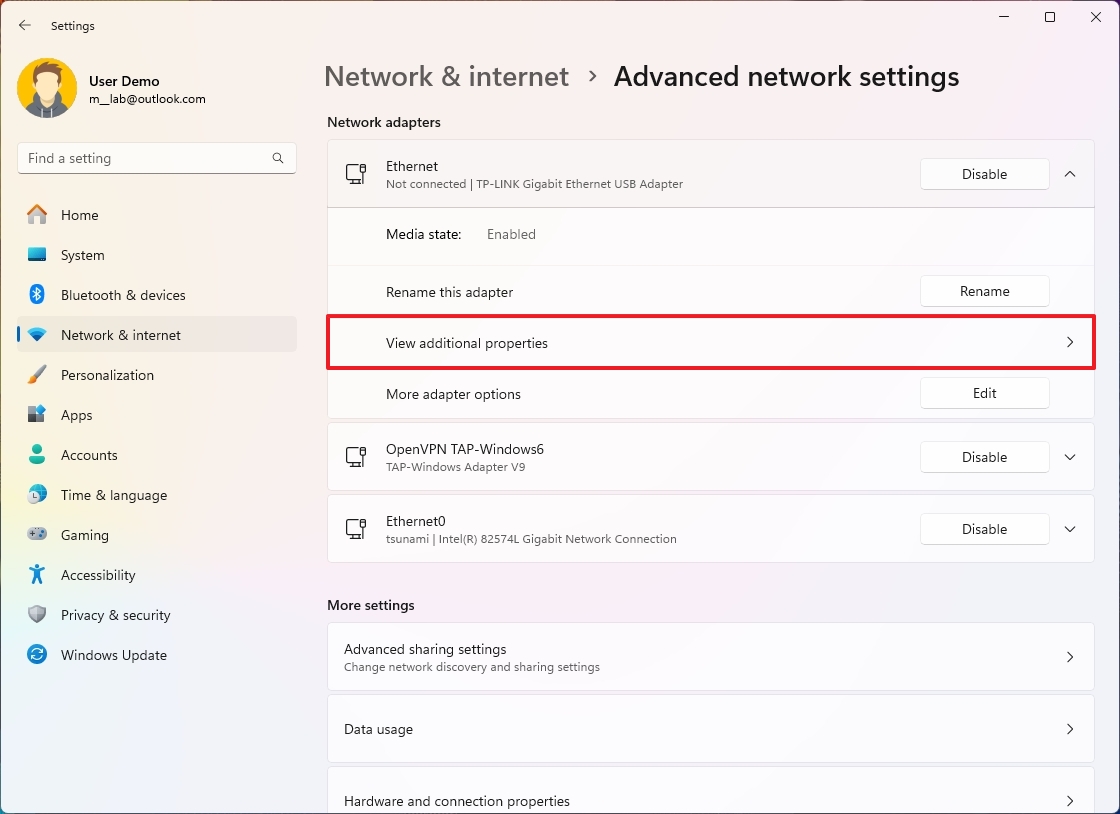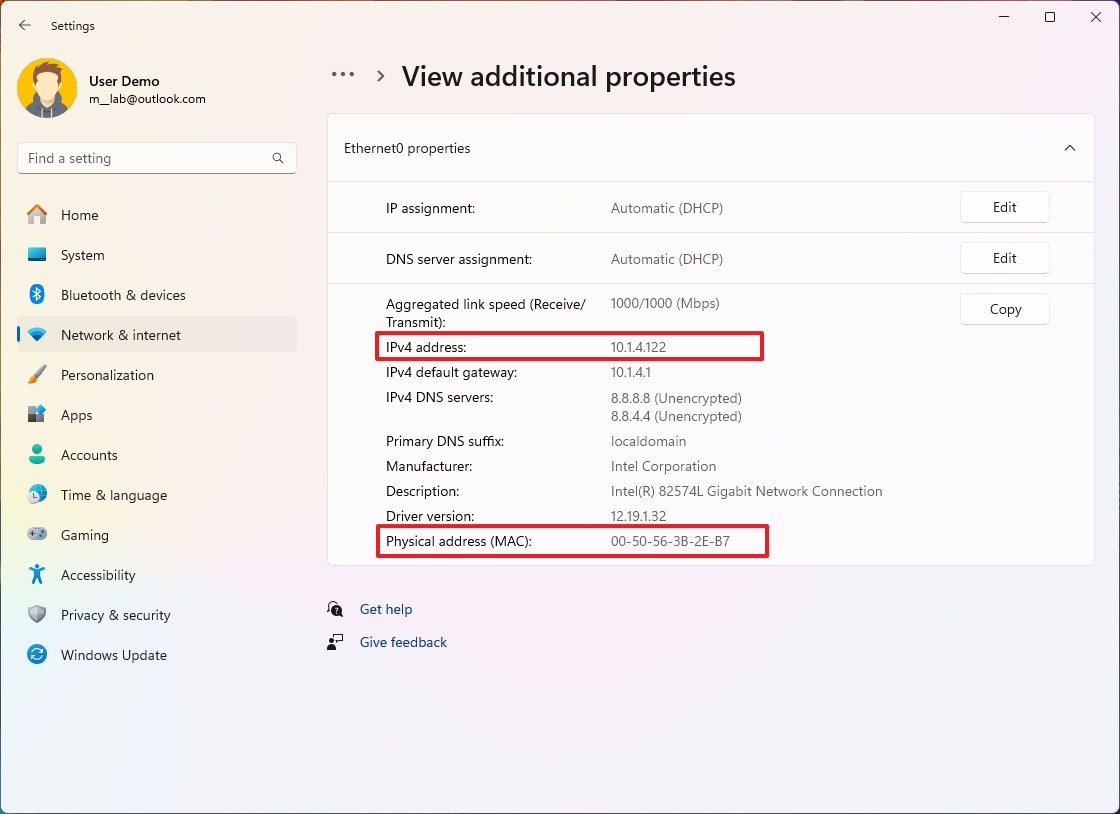How to enable 'Wake on LAN' on Windows 11
It's possible to turn on your computer remotely using the Wake on LAN feature, and here's how on Windows 11.
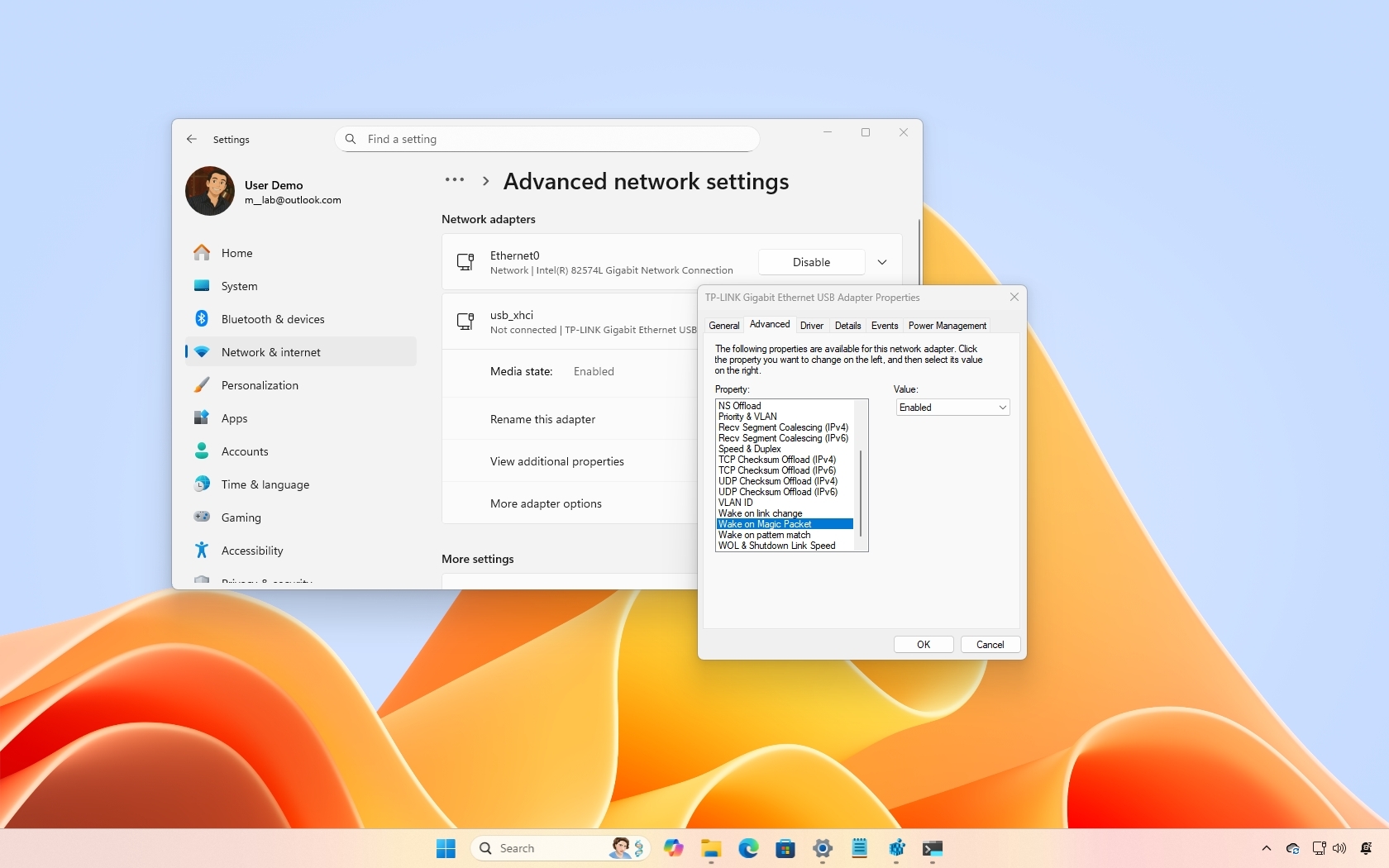
Wake on LAN (WoL) on Windows 11 enables you to remotely turn on your computer over a network. This feature works by sending a "magic packet" to the device’s network adapter, allowing it to wake from a low-power state, such as Sleep or Hibernate, as long as the hardware supports it.
While not a feature everyone uses, Wake on LAN can be particularly useful in many scenarios. For example, you can power on a PC to access files, run automated backups, or perform system maintenance, without leaving the device running all the time and wasting energy.
If your hardware supports it, you can enable WoL through your motherboard settings or an add-in network card's firmware. Once enabled, you’ll need a third-party app or script to send the signal and remotely wake the computer.
In this how-to guide, I'll walk you through the steps to enable WoL on your computer.
These instructions has been updated to ensure accuracy and reflect changes to the process in the operating system.
How to enable WoL on Windows 11
On Windows 11, to use Wake on LAN, you must enable the feature in the motherboard's firmware (UEFI). You can turn it on directly from the Windows settings if you have an add-in card or USB adapter.
Firmware configuration
To enable Wake on LAN on the UEFI firmware, use these steps:
- Open Settings.
- Click on System.
- Click the Recovery page on the right side.
- Click the Restart now button for the "Advanced startup" setting under the "Recovery options" section.
- Click the Restart now button for the "Advanced startup" setting under the "Recovery options" section.
- Click the Restart now button again.
- Click on Troubleshoot.
- Click on Advanced options.
- Click the "UEFI Firmware Settings" option.
- Click the Restart button.
- Navigate to the power options tab.
- Turn on the Wake on LAN (WoL) feature.
- Quick note: Since the firmware settings can vary per manufacturer and computer model, it's best to check your manufacturer support website for more specific instructions.
- Save the changes.
- Restart the computer.
Once you complete the steps, you can continue with the instructions to wake up the computer remotely.
All the latest news, reviews, and guides for Windows and Xbox diehards.
Although it may not be necessary, you can also use the steps below to double-check that the feature is already enabled to receive magic packets over the network.
Network settings configuration
To enable Wake on LAN from the Settings app for add-in cards and USB network adapters, use these steps:
- Open Settings.
- Click on Network & internet.
- Click the Advanced network settings page on the right side.
- Click on the network adapter under the "Network adapters" section.
- Click the Edit button in the "More adapter options" setting.
- Click the Configure button.
- Click the Advanced tab.
- Select the Wake on LAN setting under the "Properties" section.
- Quick note: Optional settings may be required if you use a Realtek network adapter.
- Select the Enabled option from the "Value" drop-down menu.
- (Optional) Select the "Wake on pattern match" option.
- Select the Enabled option from the "Value" drop-down menu.
- (Optional) Select the "WoL & Shutdown Link Speed" option.
- Select the 10Mbps option from the "Value" drop-down menu.
- Quick note: The setting could have different names depending on the manufacturer. In this case, the option is referred to as "Wake on Magic Packet." You may need to check your manufacturer's support website for more specific details.
- Click the Power Management tab.
- Check the "Allow the computer to turn off this device to save power" option.
- Check the "Allow this device to wake the computer" option.
- Check the "Only allow a magic packet to wake the computer" option.
- Click the OK button.
After you complete the steps, you can proceed with the instructions to use a third-party tool or script to send a wake-up packet over the network to the computer you want to start.
You can always disable this capability using the same instructions mentioned above. However, in step 9, ensure that you disable the option and any other settings you may have selected. Also, you may want to disable the feature inside the firmware.
How to send WoL packet on Windows 11
To send a magic wake-up packet, you can use virtually any third-party application for Windows, Linux, or Mac, mobile apps for Android and iPhone, or custom scripts. You may also be able to wake a device through the WoL feature built into the router.
Warning: The app I'm using works as advertised, but it's a third-party tool, and you should use it only at your own risk. You have been warned.
For this guide, I picked the "WakeMeOnLan" tool from NirSoft to wake a device remotely:
- Open the NirSoft download.
- Click the download option to save the app on your device.
- Right-click the zip folder and select the Extract All option.
- Click the Extract button.
- Double-click the WakeMeOnLan.exe file to launch the standalone tool.
- Click the Play (Start Scanning) button to discover all the devices in the network.
- Quick note: The device that will be woken up remotely must be turned on so the tool can locate it. Once it is on the list, the device can be offline to use the WoL feature. You can also use the "Ctrl + N" keyboard shortcut to manually add the remote computer information (IP address, computer name, and MAC address).
- Right-click the remote computer and select the "Wake Up Selected Computers" option.
- Click the Yes button.
Once you complete the steps, the magic packet will be sent over the network to wake the computer.
Determine network configuration
If you use a tool that offers an interface for entering device information, you will need to manually obtain the IP and MAC addresses to use Wake on LAN.
To find the network configuration of your computer, use these steps:
- Open Settings.
- Click on Network & internet.
- Click the "Advanced network settings" page on the right side.
- Click on the network adapter configured for Wake on LAN under the "Network adapters" section.
- Click the "View additional properties" setting.
- Confirm the IPv4 address and Physical address (MAC) settings.
After you complete the steps, use the network addresses to send a magic packet to wake up a device remotely with your particular application.
How to troubleshoot WoL problems on Windows 11
If you sent the Wake on LAN (WoL) command but the computer isn’t turning on, try these troubleshooting steps.
- Using a USB network adapter? WoL may only work when the computer is in sleep mode. When fully powered off, USB ports stop receiving power, which prevents the wake signal from being sent.
- Missing WoL options? If you don’t see the setting in your motherboard firmware or network adapter properties, your hardware may not support this feature.
- Fast startup enabled? On Windows 11, you may need to disable fast startup to allow WoL to function properly.
- Is the network adapter active? WoL only works if the network adapter remains powered and reachable. If the computer is off, check the Ethernet adapter – blinking lights indicate it’s still active.
- Using a laptop? Ensure it’s plugged into a power source, as some devices disable WoL when running on battery.
- Network issues? If you suspect a connectivity problem, use the "ping" command to test the connection. Also, run "ipconfig" on the target computer to verify the correct IP and MAC address before sending the magic packet.
More resources
For more helpful articles, coverage, and answers to common questions about Windows 10 and Windows 11, visit the following resources:

Mauro Huculak has been a Windows How-To Expert contributor for WindowsCentral.com for nearly a decade and has over 22 years of combined experience in IT and technical writing. He holds various professional certifications from Microsoft, Cisco, VMware, and CompTIA and has been recognized as a Microsoft MVP for many years.
You must confirm your public display name before commenting
Please logout and then login again, you will then be prompted to enter your display name.
